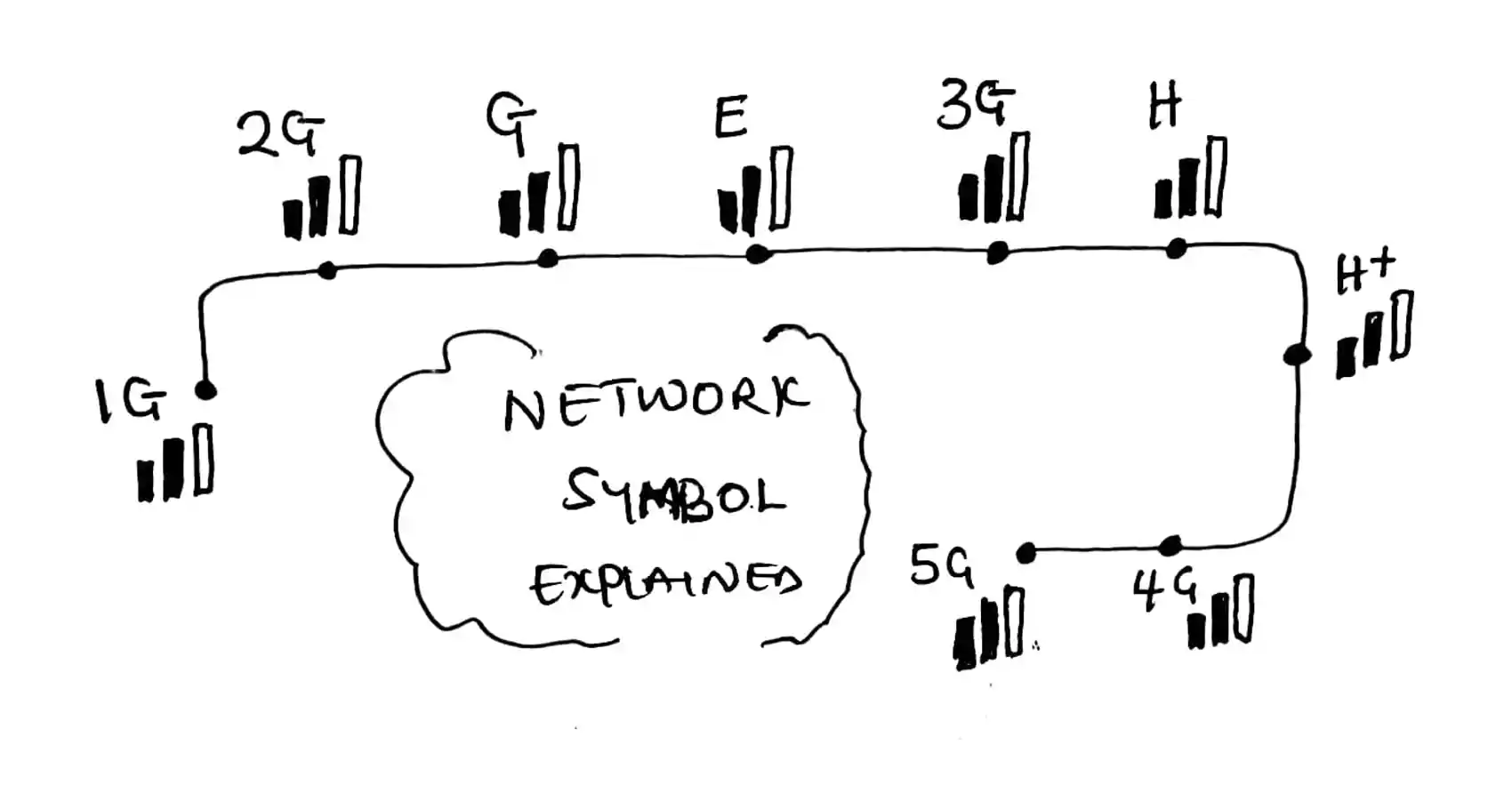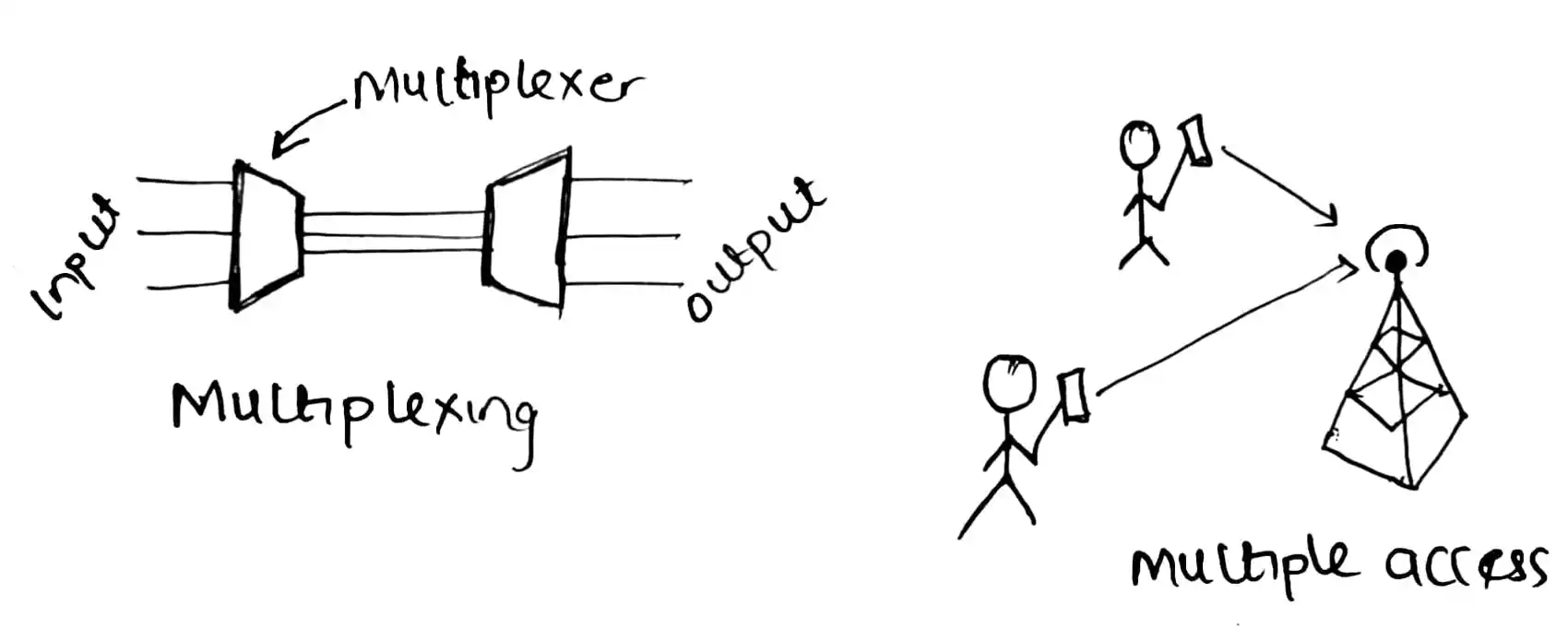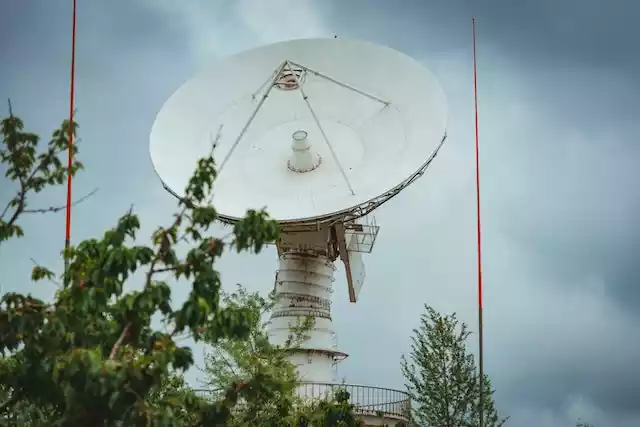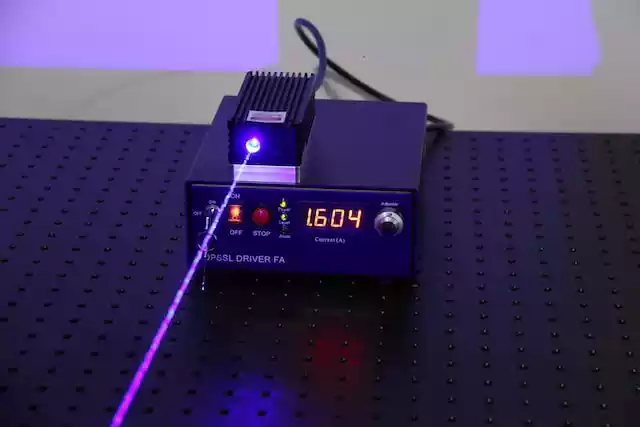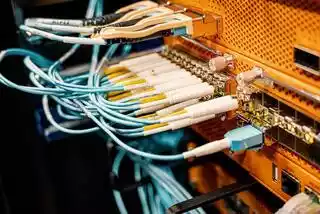What Are the Different Causes of Transmission Impairments?
In a communication system, the transmission of information from a transmitter to a receiver can be affected by various factors that degrade the quality of the signal transmitted.
These factors are known as transmission impairments.
Transmission impairment is as a result of imperfections in a transmission medium. It occurs when the signal at the receiving end is different from the signal been sent (at the transmitting end).
Understanding the causes of transmission impairments is important for designing and maintaining reliable communication systems.
Note:
Know that transmission medium can be wired or wireless. In wired, a cable like coaxial cable is used and in wireless, the free space is used.
As medium is different the impairments varies.
Read on: Difference Between Wired and Wireless Networks With Examples
What Causes Transmission Impairments?
There are three main types of transmission impairments which you can recall as DAN.
- Distortion (D)
- Attenuation (A)
- Noise and Interference (N)
Other transmission impairments are delay and jitter.
1/ Distortion
Distortion means a deformation or change in the shape or amplitude of a signal as it passes through a communication channel.
It can occur due to different signals mixing up and the rate at which they travel are different, which leads to different phase (hence different waveforms).
Distortion can also be caused by several factors such as signal reflection, dispersion, and nonlinearities in the system.
Signal reflection occurs when a signal bounces off a surface, causing it to become out of phase with the original signal.
Dispersion occurs when different frequency components of signal travel at different speeds through a medium.
Nonlinearities in a system occur when the response of the system is not linear with respect to the input signal.
In optics fiber communication, distortion can be termed to be dispersion loss.
Read on: What Is Dispersion Loss in Optical Fiber and Types of Dispersion Loss?
2/ Attenuation
Attenuation means the degrading, cutting-off or loss of energy or the strength of a signal as it travels through a communication channel.
The attenuation is mostly as a result of the resistance in the transmission medium which needs to be compensated for signal to be able to travel through and this is why electric current (electric signal) carrying conductor gets hot after some period of time.
Attenuation can also be caused by other factors such as distance, absorption, and interference.
However, as the signal is attenuated, it can be compensated with the use of an amplifier which helps to amplify the attenuated signal.
Attenuation in mathematics or engineering sense is expressed in decibels (dB). i.e., 0dB means no loss but -3dB refers to an attenuation equal to half of the transmitted power.
Read on: What is decibel (dB)? A better explanation for students
3/ Noise and Interference
Noise, which can be synonymous to interference, is the most common impairment that a transmission medium is susceptible to apart from attenuation.
It refers to any unwanted signal that is introduced into a communication channel, either by external sources or internal noise sources within the system.
Noise and interference can be caused by several factors such as electromagnetic interference (EMI), adjacent channel interference (ACI), thermal noise, induced noise, crosstalk, and impulse noise.
Electromagnetic interference (EMI) is caused by electromagnetic radiation from other devices.
Adjacent channel interference (ACI) occurs when signals from nearby communication channels interfere with each other.
Thermal noise is caused by random movement of electrons in a wire carrying a signal, which leads to heat (a new signal) that affects the original signal.
Induced noise is caused by electric motor or appliances.
Crosstalk is the effect of one wire on the other, as there are many wires or conductors used in transmission of signals.
Impulse noise is a spike (a signal with high energy for a very short time) which can be caused due to lightening or surge currents.
Other Causes of Transmission Impairments
4/ Delay
Delay is the time it takes for a signal to travel from the transmitter to the receiver in a communication system.
It can be caused by several factors such as distance, signal processing time, and propagation time.
Propagation time is the time it takes for a signal to travel through a medium, which depends on the speed of the signal and the properties of the medium.
5/ Jitter
Jitter is the variation in the timing of a signal as it passes through a communication system.
It can be caused by several factors such as clock skew, noise, and interference.
Clock skew occurs when different parts of a system’s clock circuit have different propagation delays, causing the clock signals to become out of sync.
Noise and interference can also cause timing variations in a signal.

